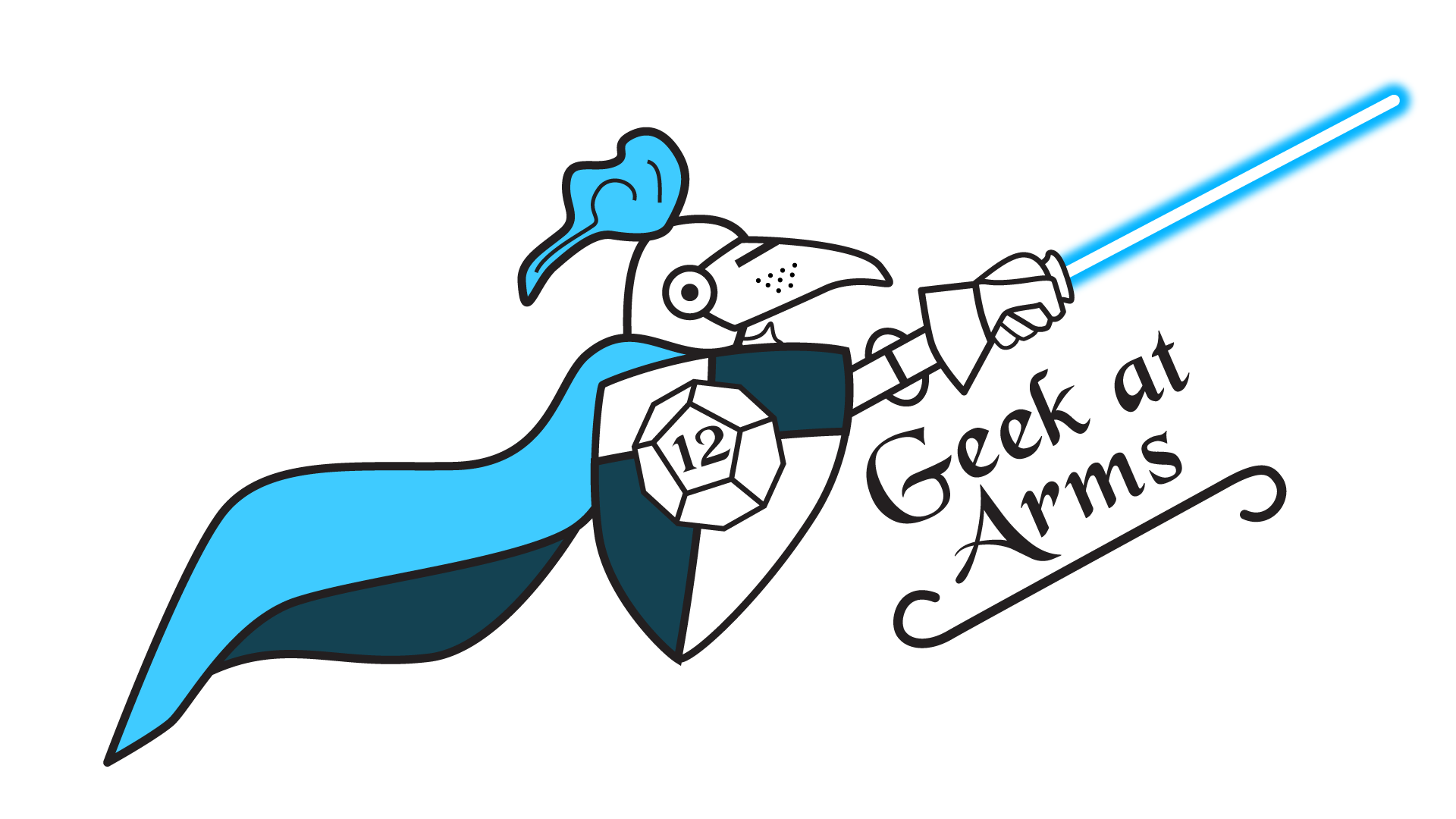Who Can Change Initiative

In most of my years roleplaying, initiative usually works the same way. We roll dice, whoever rolls higher goes sooner. If you wanted to cut the rope on the chandelier and crash it on your enemy before the party’s combat monkey blasts the baddie back five feet, then you need to roll high. If … [Read more…]


